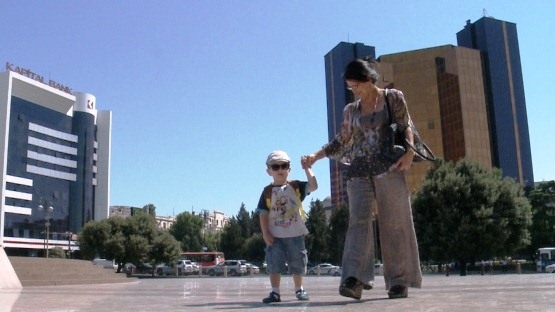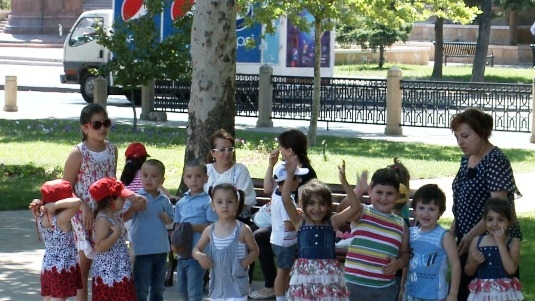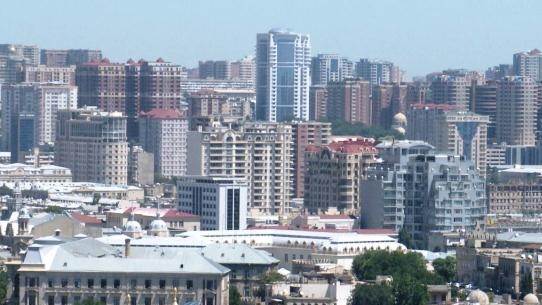Baku is a city without a master plan and it shows. High rises stand amidst three story apartment houses. Pieces of the city’s oil infrastructure sit in highly populated areas. Glittering high-priced boutiques stand not far from decaying houses. And the traffic and aggressive drivers prompt complaints from residents in all neighborhoods and from all income levels.
“I’d like to see fewer high rises, so they don’t appear here and there, more green spaces, more parks. And please make it easier for old people and children to cross the street!” says Sabir Ahmadov, Baku resident and pensioner, as he sits on a bench in a shady park. Shirali Orujlu agrees. “One thing I’d like to see is better traffic and better public transport, like new buses,” he says. And Sonya Isayeva, watching over her granddaughter, says things are improving, slowly. “The city’s getting better, new parks, new buildings, but I’d like to see these changes go beyond the city center.”
With assistance from the World Bank, Baku is working on a detailed land management plan that addresses issues ranging from density to parking to the number of new Kindergartens and hospital beds a neighborhood will need. The idea is to asset a vision for the city, enforce zoning laws, and plan for residents’ needs.
Control over Chaos
For years, the city simply changed in response to events. An influx of refugees after the war with Armenia, or the oil boom and the wealth it brings, have left their marks on the city, but with little input from planners. Away from the immediate downtown waterfront, the result is a patchwork of buildings with a variety of different uses.



